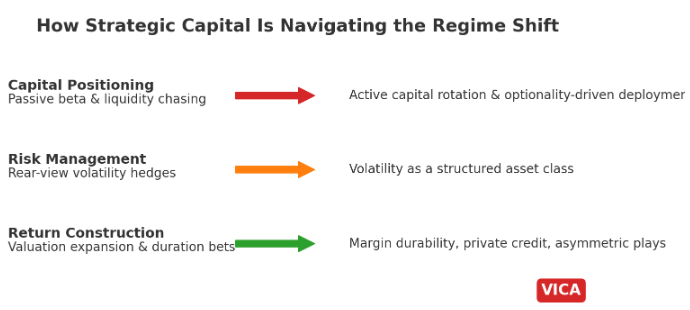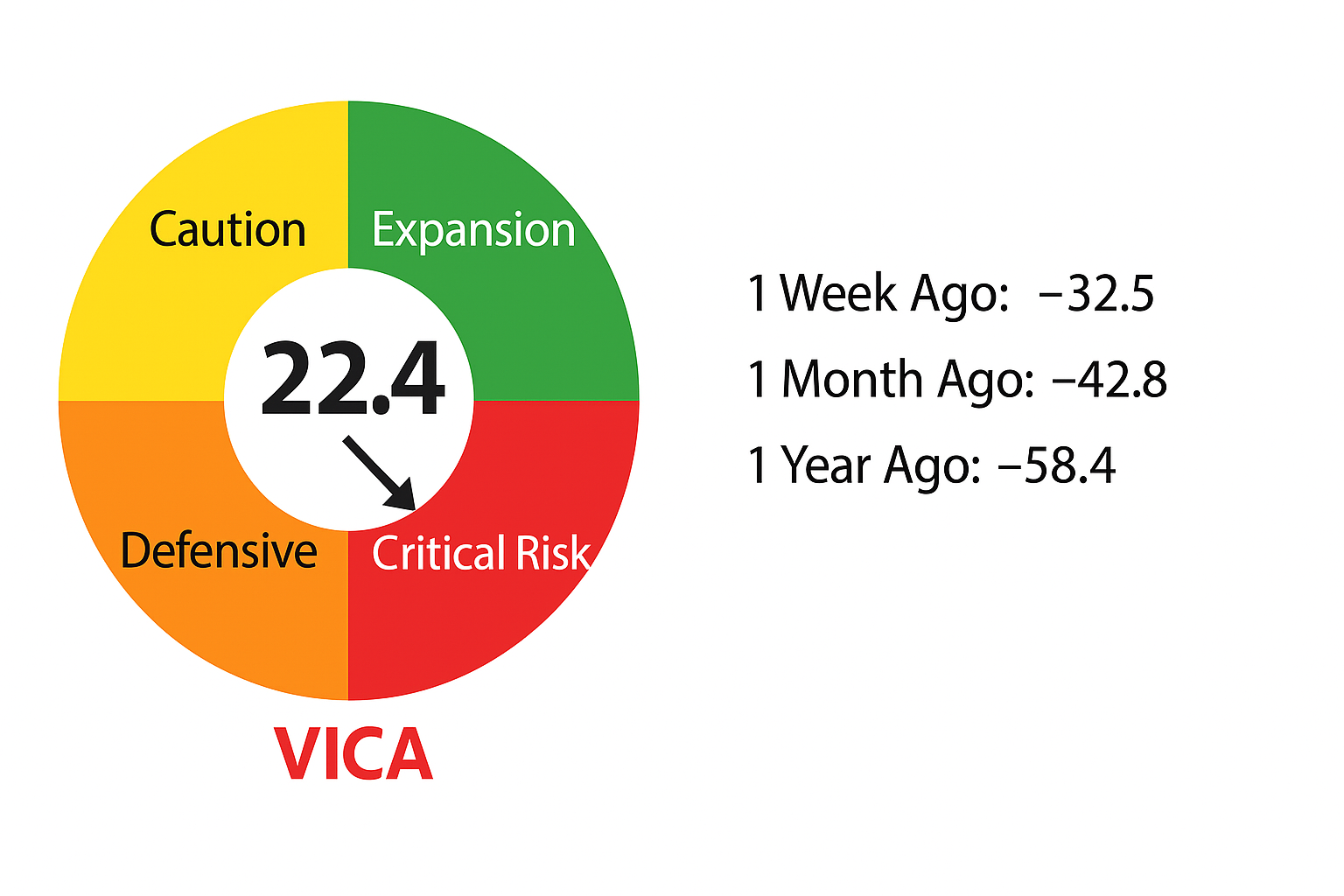INVESTOR SERIES
Proper financial analysis will not only help you understand your company’s financial condition, helping you determine its creditworthiness, profitability and ability to generate wealth, but will also provide you with a more in-depth look at how well it operates internally.
Different types of financial analysis
Several techniques are commonly used as part of financial statement analysis. Three of the most important techniques include horizontal analysis, vertical analysis, and ratio analysis.
- Horizontal analysis compares data horizontally, by analyzing values of line items across two or more years.
- Vertical analysis looks at the vertical effects line items have on other parts of the business and also the business’s proportions.
- Ratio analysis uses important ratio metrics to calculate statistical relationships.
Types of Financial Statements
Companies use the balance sheet, income statement, and cash flow statement to manage the operations of their business and also to provide transparency to their stakeholders. All three statements are interconnected and create views of a company’s activities and performance.
Balance Sheet
The balance sheet is a report of a company’s financial worth in terms of book value. It is broken into three parts to include a company’s assets, liabilities, and shareholders’ equity. Short-term assets such as cash and accounts receivable can report on a company’s operational efficiency; liabilities include the company’s expense arrangements and the debt capital it is paying off; and shareholder’s equity includes details on equity capital investments and retained earnings from periodic net income. The balance balances assets and liabilities to equal shareholder’s equity “book value” a performance metric that increases or decreases with the financial activities of a company.
Income Statement
The income statement breaks down the revenue a company earns against the expenses involved in its business to provide a bottom line, meaning the net profit or loss. The income statement is broken into three parts that help to analyze business efficiency at three different points. It begins with revenue and the direct costs associated with revenue to identify gross profit. It then moves to operating profit, which subtracts indirect expenses such as marketing costs, general costs, and depreciation. Finally, after deducting interest and taxes, the net income is reached.
Basic analysis of the income statement involves the calculation of gross profit margin, operating profit margin, and net profit margin, which each divide profit by revenue. Profit margin helps to show where company costs are low or high at different points of the operations.
Cash Flow Statement
The cash flow statement provides an overview of the company’s cash flows from operating activities, investing activities, and financing activities. Net income is carried over to the cash flow statement where it is included as the top line item for operating activities. The financing activities section includes cash flow from both debt and equity financing. The bottom line shows how much cash a company has available.
Free Cash Flow and Other Valuation Statements
Companies and analysts also use free cash flow statements and other valuation statements to analyze the value of a company. Free cash flow statements arrive at a net present value by discounting the free cash flow a company is estimated to generate over time. Private companies may keep a valuation statement as they progress toward potentially going public.
Financial Performance
Financial statements are maintained by companies daily and used internally for business management. In general, both internal and external stakeholders use the same corporate finance methodologies for maintaining business activities and evaluating overall financial performance.
When doing comprehensive financial statement analysis, analysts typically use multiple years of data to facilitate horizontal analysis. Each financial statement is also analyzed with vertical analysis to understand how different categories of the statement are influencing results. Finally, ratio analysis can be used to isolate some performance metrics in each statement and also bring together data points across statements collectively.
Below is a breakdown of some of the most common ratio metrics:
- Balance sheet: This includes asset turnover, quick ratio, receivables turnover, days to sales, debt to assets, and debt to equity.
- Income statement: This includes gross profit margin, operating profit margin, net profit margin, tax ratio efficiency, and interest coverage.
- Cash flow: This includes cash and earnings before interest, taxes, depreciation, and amortization (EBITDA). These metrics may be shown on a per-share basis.
- Comprehensive: This includes return on assets (ROA) and return on equity (ROE), along with DuPont analysis.



